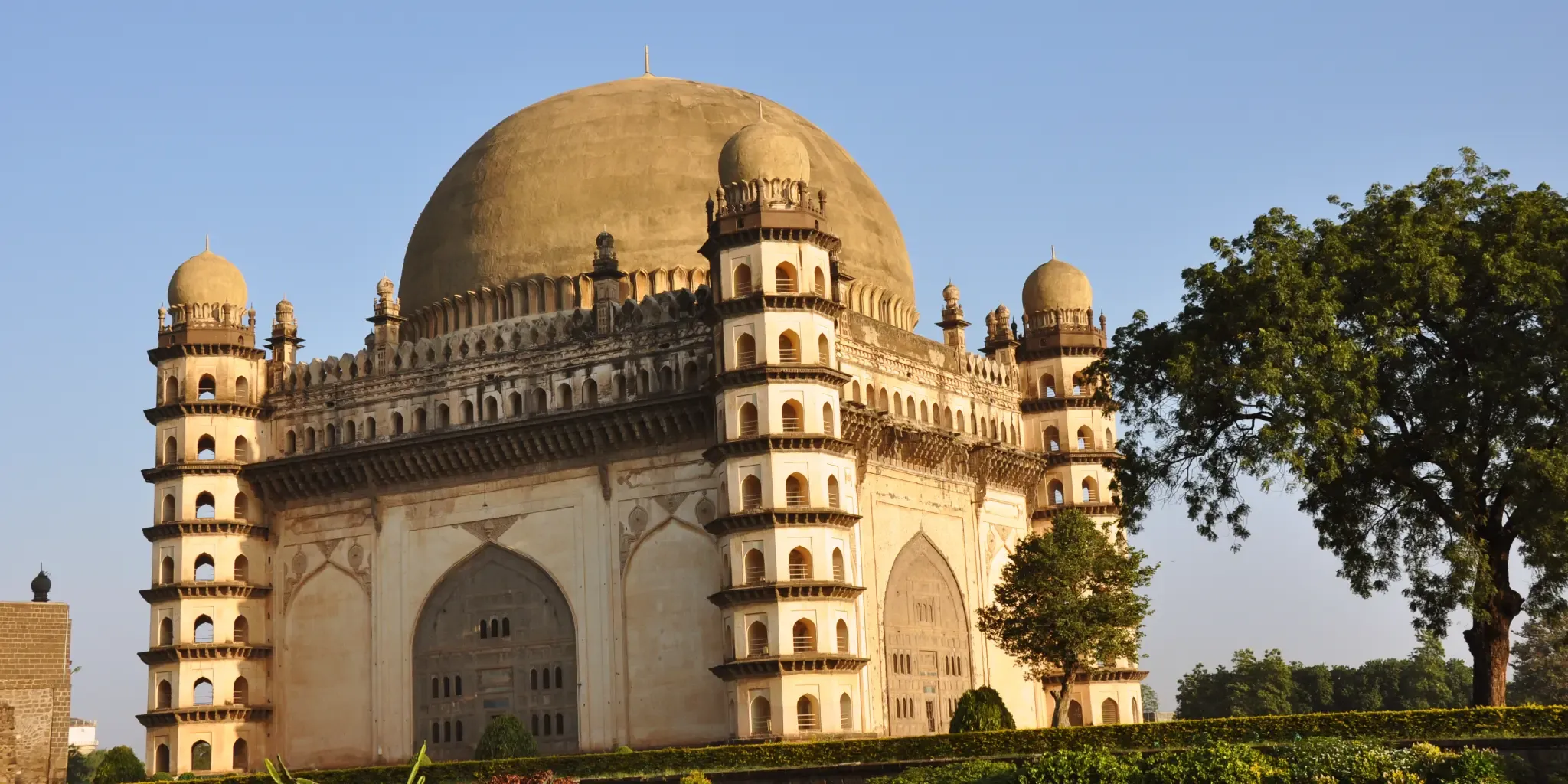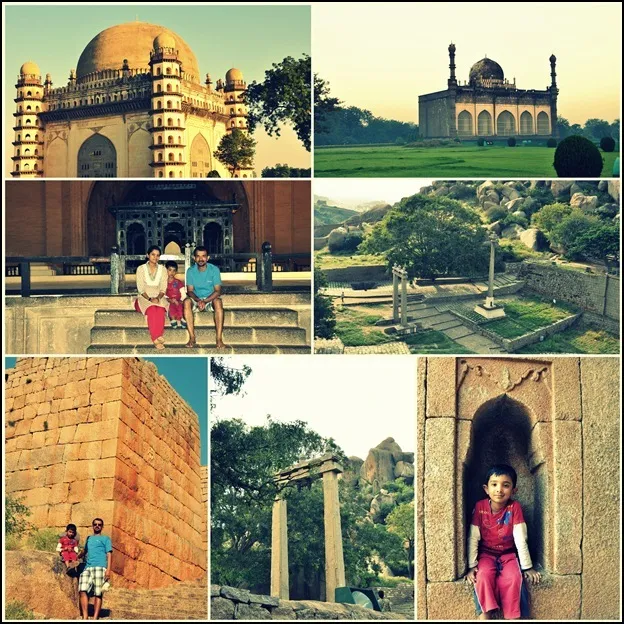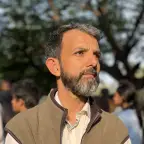
Day 5
Waking up at 4:30 in the morning, I found it difficult to sleep throughout the night. After a quick bath and some packing to ensure our early departure from Bijapur, I roused Pamela and Aarush at around 5:30. Our destination was Gol Gumbaz, but unfortunately, the lady managing the ticket counter was nowhere to be found until 6:30. We were the first to enter, and after a local guard shared a bit of history with us, he urged us to climb the steep, medieval steps to the top as quickly as possible. Aarush did an admirable job climbing all by himself. We had the unique privilege of being the only ones at the whispering gallery, allowing us to whisper across the vast hall and experience the incredible sensation of hearing the faintest of sounds across a football field. However, after about 10 minutes, some unwelcome intruders disrupted our solitude, and we decided to move on. The descent was even more challenging at times.

Back at the hotel, we enjoyed a hearty breakfast. Aarush and Pamela took showers, and by 9 AM, we were on our way to Bangalore. The drive once again took us on the newly constructed NH-13, and by 11 AM, we reached Hospet. Without stopping, we continued our journey, and by 1:30 PM, we arrived in Chitradurga.
Chitradurga
Our first attempt to find food at Hotel Aishwarya Fort proved futile, as it appeared to be primarily a bar with limited facilities. We couldn’t even use their restroom. However, our second attempt at Naveen Regency turned out to be a pleasant surprise. The hotel was clean, and the absence of alcohol consumption in the restaurant made it a more comfortable choice.
After a satisfying lunch, we set out to explore Chitradurga Fort. This fort, with its name translating to “Picture Fort” (Chitra meaning picture, and Durga meaning fort), was constructed between the 10th and 18th centuries by various rulers. It ultimately became part of the Mysore dynasty after India gained independence before being handed over to the Archaeological Survey of India (ASI). As it was a weekday, there were hardly any tourists present. Upon entering the fort, a guide approached us, and after some negotiation, we agreed to have him as our guide.
The fort, built over many centuries, resembled a mini-town within its walls. It featured multiple layers of walls designed to minimize attacks, complete with sharp turns and narrow but robust doors capable of withstanding charging elephants. As we explored the fort, we climbed steadily for 40-45 minutes until we reached a plateau housing the main temple and a swing area.
From there, we descended to the backside of the fort, which was less fortified but naturally bounded. Most attacks on the fort occurred from the front due to its poor accessibility. A notable attraction here is the story of “Onake Obavva,” a courageous woman who managed to kill many soldiers of Hyder Ali as they attempted to enter from the back. You can read her story here.
After countless steps, ups, and downs, Aarush was exhausted, and so were we. It had been a day of climbing steep staircases and immersing ourselves in history, starting early in the morning in Bijapur. We began our journey back to Bangalore around 5 PM, making no stops except for missing a decent Kamat eatery near Tumkur. The traffic was predictably dreadful, and it only worsened as we approached home. We decided to end the trip with a stop at McDonald’s just in front of our home, as Aarush wasn’t particularly thrilled with all the temples, demons, and mythological figures. In any case, it had been a long drive on the final day, but entirely manageable.
Read Next
Badami and Bijapur
Preserving the Legacy
10 years hitch
Celebrating a Decade of Togetherness
